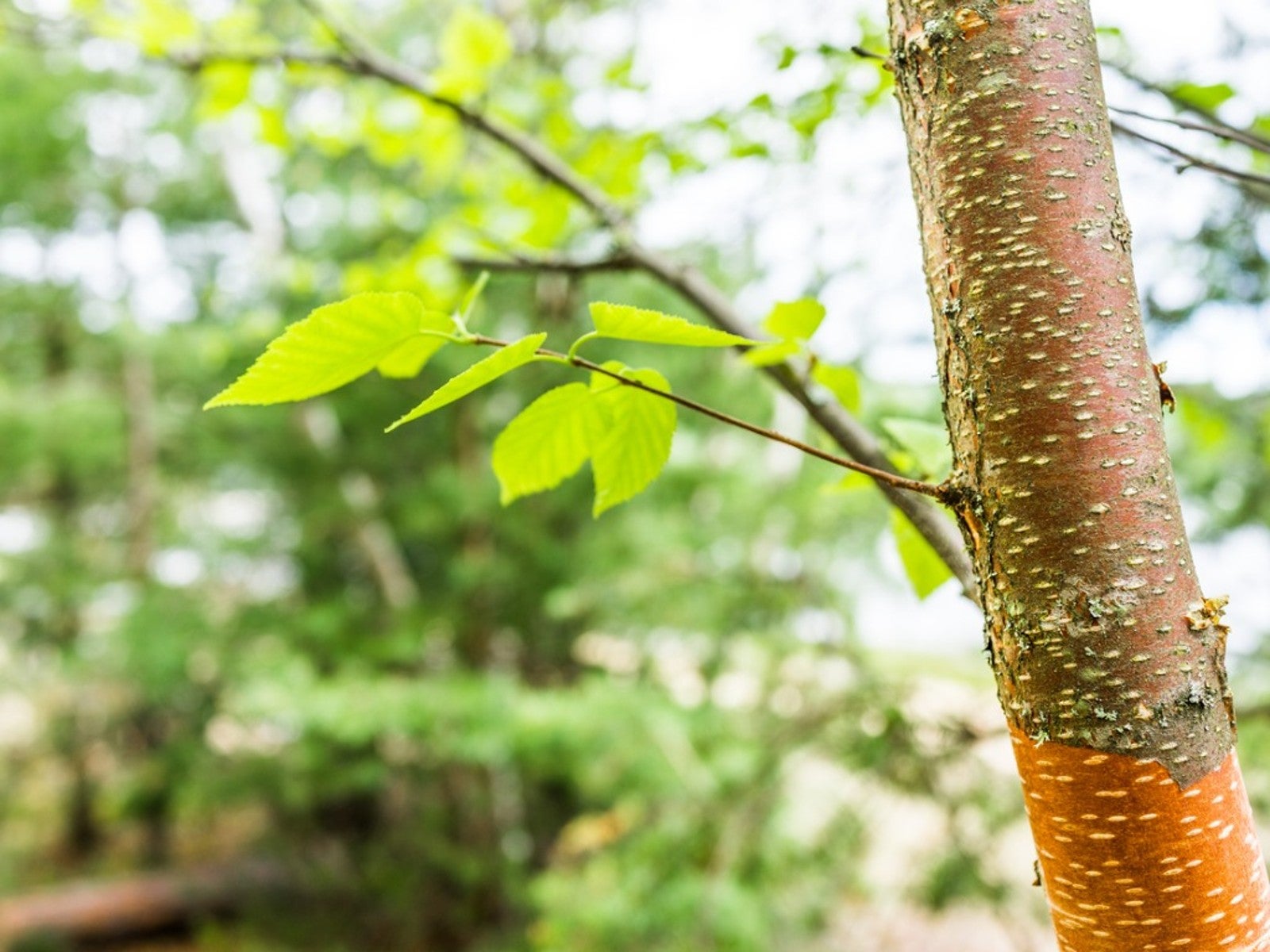Water Birch Tree Care And Characteristics


Even if you aren’t familiar with water birch (Betula occidentalis), you may guess that this tree tolerates wet soil. And this is entirely true. Birches in general appreciate moist soil, and the water birch tree takes it one step further.
But there’s more to know about this common red birch tree. Read on for more fun facts about the water birch.
Meet the Red Birch Tree
The water birch is also known as the red birch, river birch and western birch. Its natural range extends from Alaska and the Pacific northwest across to the Rocky Mountains. The red birch prefers growing in the lowlands, along streambanks and riverbanks.
Betula occidentalis is a relatively short, scrubby tree with multiple trunks, none growing very thick in diameter. These water birch trees top out at around 24 feet (8m.) tall.
Water Birch Facts
Water birch trees are deciduous, losing their leaves in winter. They generally take an upright growth form when they are young; as they mature, the branches tend to droop. The twigs grow in a reddish color, accounting for the common name “red birch.”
The bark of the red birch tress is shiny and thin. The leaves are small and toothed around the edges, a yellow-green on top and paler below. In the autumn, the leaves turn a bright, canary yellow and can be spotted from miles away. They produce both male and female catkins, the males about twice as long as the pendulous females.
Growing a Water Birch Tree
If you are thinking of growing a water birch, don’t worry if you’re in a cold climate. This tree is hardy down to U.S. Department of Agriculture plant hardiness zone 2. The water birch prefers a site that gets plenty of sun and offers moist, well-drained soil.
Sign up for the Gardening Know How newsletter today and receive a free copy of our e-book "How to Grow Delicious Tomatoes".
A riparian plant, the water birch is usually found in the wild growing along rivers, streams, springs, or other water courses. If you are planning on cultivating this birch tree, think about using soaker hoses to keep the ground moist. Bark mulches on top of the soil is also a good idea.

Teo Spengler is a master gardener and a docent at the San Francisco Botanical Garden, where she hosts public tours. She has studied horticulture and written about nature, trees, plants, and gardening for more than two decades, following a career as an attorney and legal writer. Her extended family includes some 30 houseplants and hundreds of outdoor plants, including 250 trees, which are her main passion. Spengler currently splits her life between San Francisco and the French Basque Country, though she was raised in Alaska, giving her experience of gardening in a range of climates.